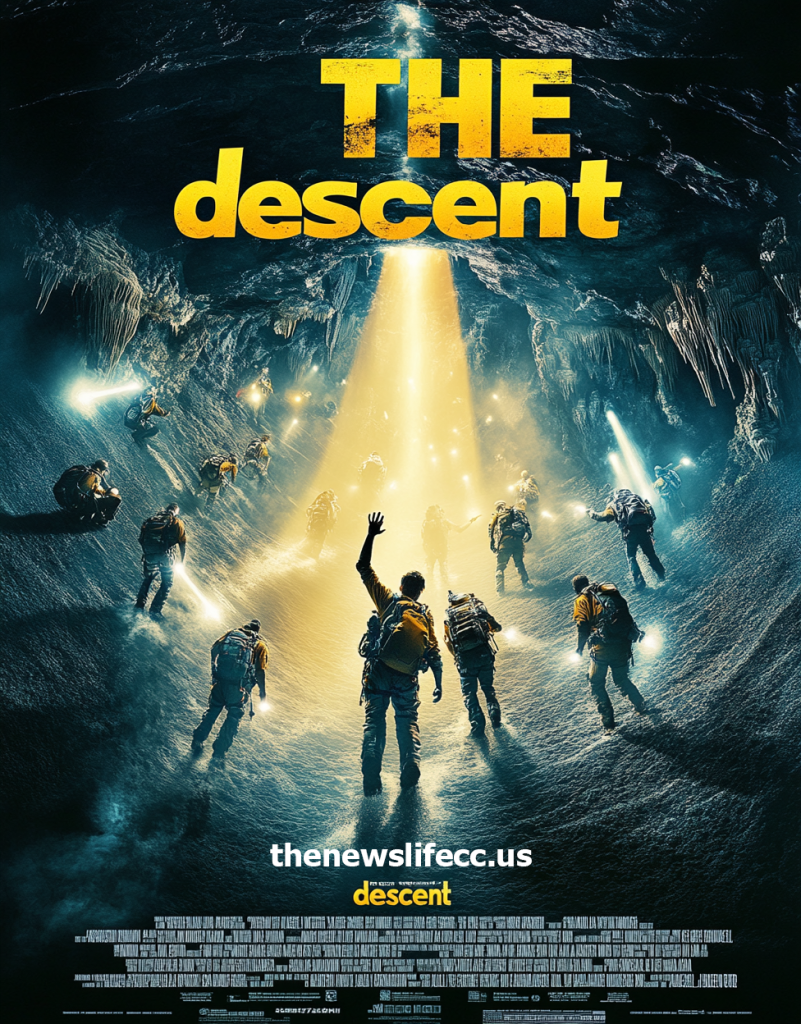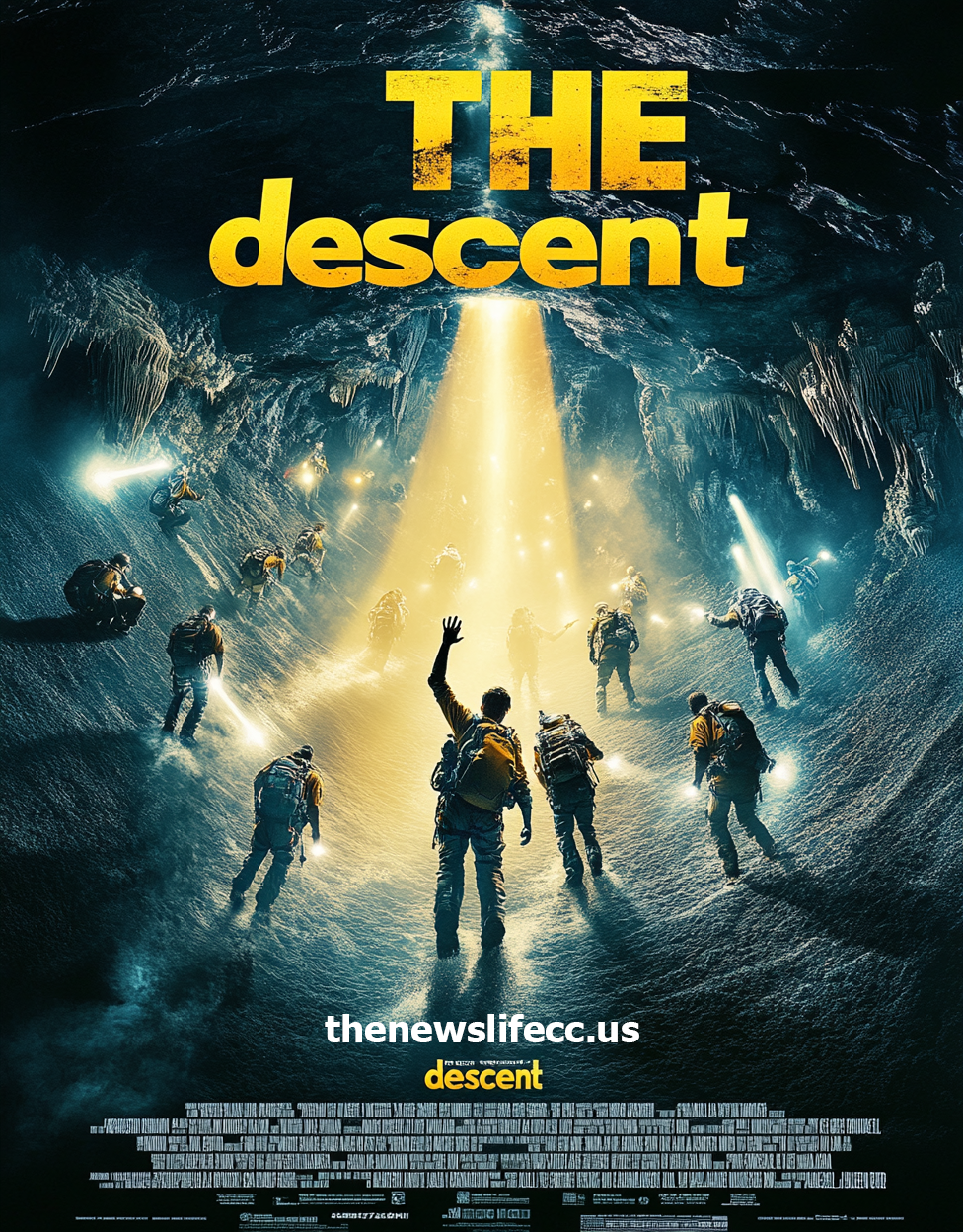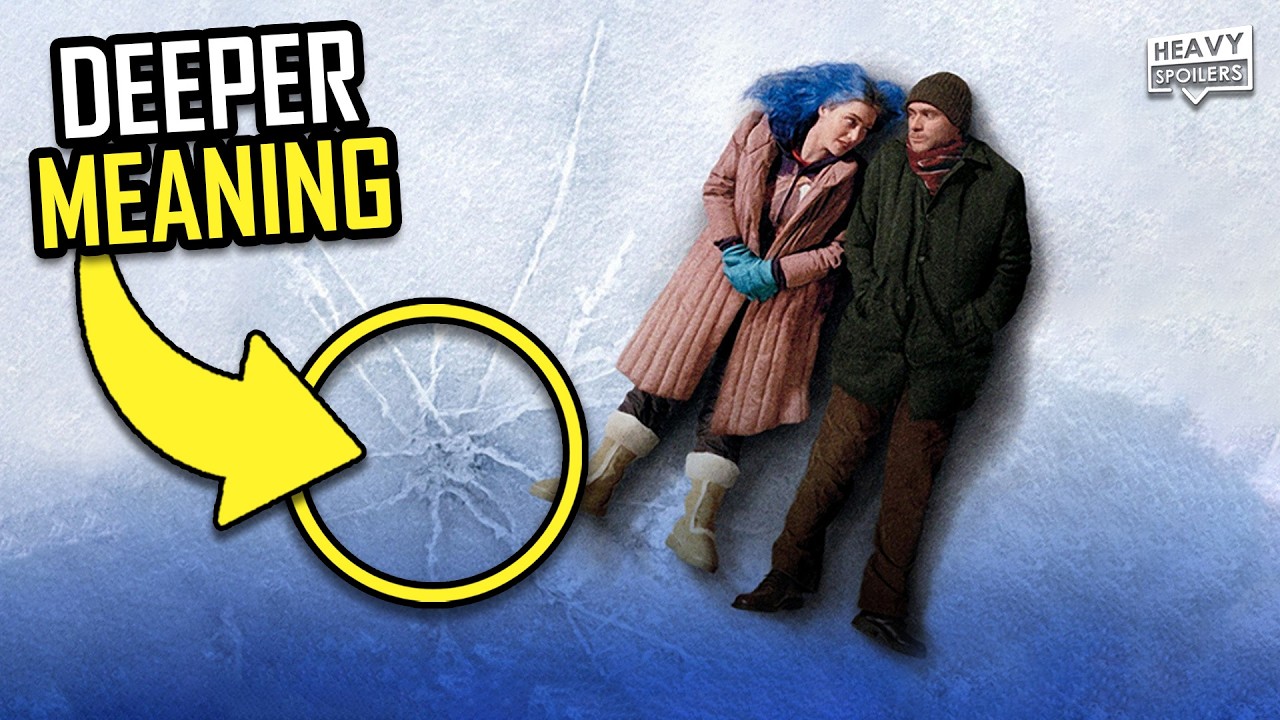The Descent (2005), directed by Neil Marshall, is a British horror film that follows a group of six women on a caving expedition that turns into a terrifying struggle for survival. The story centers on Sarah, who is recovering from a traumatic accident in which she lost her husband and daughter. Hoping to rekindle her spirit and strengthen their friendship, her friends invite her on an adventure into an unexplored cave system in the Appalachian Mountains. As they descend into the dark, labyrinthine caves, they encounter not only treacherous terrain but also an unseen horror lurking in the depths.
The tension builds through the characters’ sense of claustrophobia, darkness, and isolation, creating an atmosphere of intense suspense before any supernatural threats are revealed. Shortly after entering the caves, they become trapped due to a tunnel collapse, discovering that they’re in an unknown cave system with no clear way out. The film becomes a blend of psychological horror and physical terror as the group begins to fracture under the stress, and they encounter eerie, animalistic creatures known as Crawlers. These terrifying, humanoid monsters are blind and rely on their acute sense of hearing to hunt, making stealth and silence critical for survival.
As the group tries to find their way out, their unity starts to unravel. Personal conflicts, combined with the stress of their predicament, lead to moments of mistrust and emotional breakdowns. As they struggle against the Crawlers, each character’s resilience and vulnerability are tested. The film doesn’t shy away from gore, making it an intense experience as each character meets their fate in graphic and horrifying ways.
The ending of The Descent is particularly unsettling, adding an extra layer of psychological horror. In the U.K. release, the original ending shows Sarah escaping the cave and emerging into daylight, but her joy is short-lived as she awakens in the darkness, realizing that her escape was just a hallucination. The film then ends with Sarah, alone in the cave, sitting in a trance-like state beside an imagined vision of her daughter, lost in the darkness. This grim ending serves as a haunting metaphor for Sarah’s entrapment in her grief and trauma, suggesting that, despite her efforts, she cannot escape her inner darkness.
In the U.S. release, an alternate ending shows Sarah actually escaping, though it omits the twist of her hallucination. This change, while controversial, was made to create a more “hopeful” closure for audiences. However, many fans and critics argue that the original U.K. ending is more powerful, as it reinforces the film’s themes of despair, mental anguish, and the idea that some horrors are inescapable.
The Descent is celebrated for its rich tension and atmosphere, bolstered by powerful performances, particularly by Shauna Macdonald as Sarah. Its exploration of grief, fear, and the limits of human endurance make it a standout in the horror genre, cementing its place as one of the most intense and psychologically complex horror films of its time.




